And like most gardening skills, germinating seeds is also an art learnt by trial and error. Just to take the guesswork out, let us give you some pro-tips before you start.
What is seed germination?

Seed germination is the growth of a plant from seed. Seeds start to germinate when the right factors are achieved. It gives the dormant seed a sign to start its metabolic activity, resulting in radical (root) and plumule (shoot) to grow.
The process for seed germination as follows:
- Plant and water the seeds. The seeds will absorb water and swell up.
- Under the right soil temperature, the water activates the seed’s enzymes that stimulate plant growth.
- The roots start growing out to access underground water.
- Shoots start growing to access the sunlight.
- Leaves start growing, and photomorphogenesis starts.
Key Factors For Seed Germination
Temperature

Temperature is essential for seed germination. For example summer annuals like sunflowers will require a relatively low temperature for germination as compared to a winter annual that would require a high temperature. Most seeds will start germinating in the ideal soil temperature of 20 to 30℃.
It is worth noting that the soil temperature can be different than air temperature. And this can also affect the germination rate of your seeds.
Soil Moisture

Soil moisture is another essential factor. Water is the reason why germination starts in the first place. Water starts imbibition, the process where the seed absorbs the water. It gives an indication to the seed to start growing.
Aeration Conditions

Oxygen is required by every cell, be it plants or animals. Once imbibition begins, the seed requires oxygen for the germination process. It is called respiration, where the embryo gets energy from the food store. Do note - The seed will not get proper oxygen if the soil is too wet. So, keep the soil evenly moist and not too wet.
Soil

When it comes to the soil to use for seed germination, a seeding mixture works well. It needs to be lightweight and well-drained. The soil needs to be moist so that the seed can push through with ease. But also, take care of adequate drainage, for excess water to seep out.
Learn more about improving the quality of your garden soil with our detailed guide on checking and improving soil quality.
Depth of Sowing

Every seed has different growing requirements including the variable depth of sowing which greatly affects the germination. For example, if smaller seeds like basil, lavender are sown too deeply in soil, they might not be able to crack through the soil surface. Another important factor to consider is the soil compaction after sowing the seeds. Ensure that the sown seeds are covered with very loose soil on the top.
- Pro-tip: Plant a small seed at least 1/8 to 1/4 of an inch deep. Large seeds need to be planted 1/2 to 1 inch deep into the soil.
Light

Light is the other stimulant for seed germination but not essential. The seed’s phytochrome cell absorbs light and indicates the seed to germinate further. If natural light is not available, you can use external light from heating pads or ambient light.
Quick Tips To Improve Seed Germination
Seed Germination might seem like a difficult process, but these quick tips will help you improve the process:
-
Store your seeds properly, preferably in a cool, dark place and away from moisture to maintain their viability
-
To speed up the process, pre-soak the seeds before planting them in water in a shallow container. Soaking helps seeds absorb water and stimulates growth.
-
Pre-water the potting soil at least 24 hours before planting the seeds..
-
Monitor the seed environment regularly. Water when the soil feels dry on touch.
-
Check the progress of the germination process everyday and alter conditions accordingly
-
Another fail-safe way to start your seeds is to use seed trays. Seed trays allow for better control over soil moisture depth of sowing for each seed/seedling separately.
These tips should help you improve the germination of your seeds. Germination is an easy process, followed for any kind of plant. So, understand the growing needs of the seeds you wish to grow and plan in advance. The additional steps will help you ace the germination process in one go.


 Sign In
Sign In



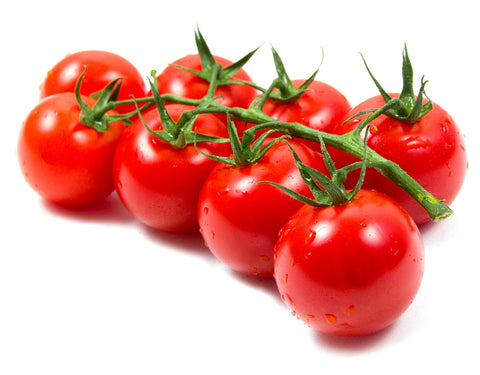
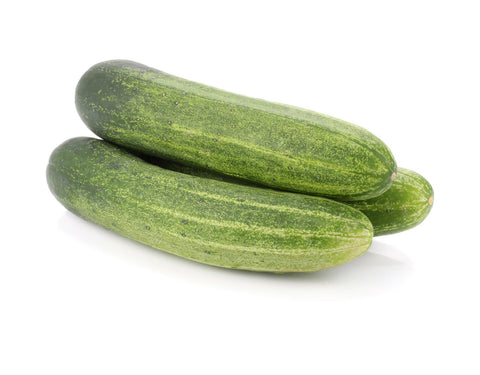
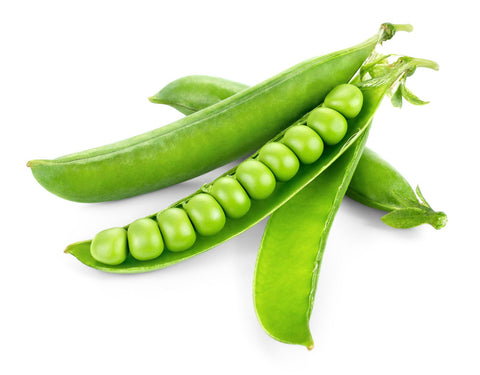
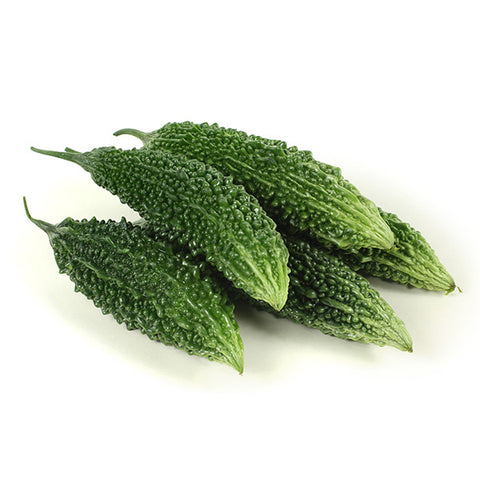
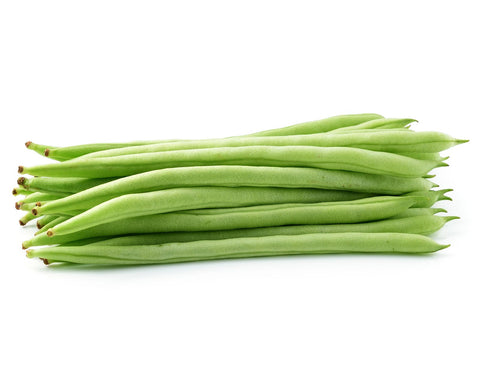
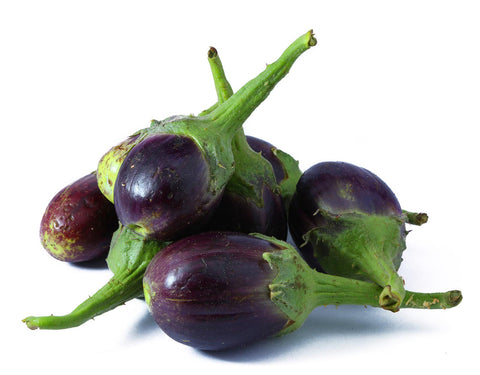
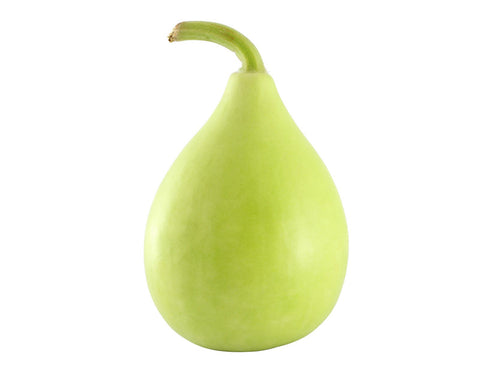
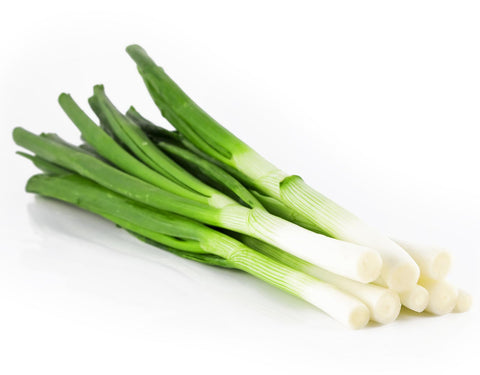

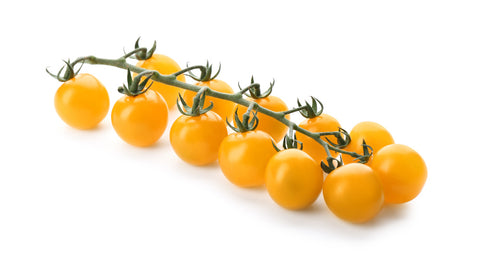






Let us know your feedback
* Comments must be approved before being displayed.